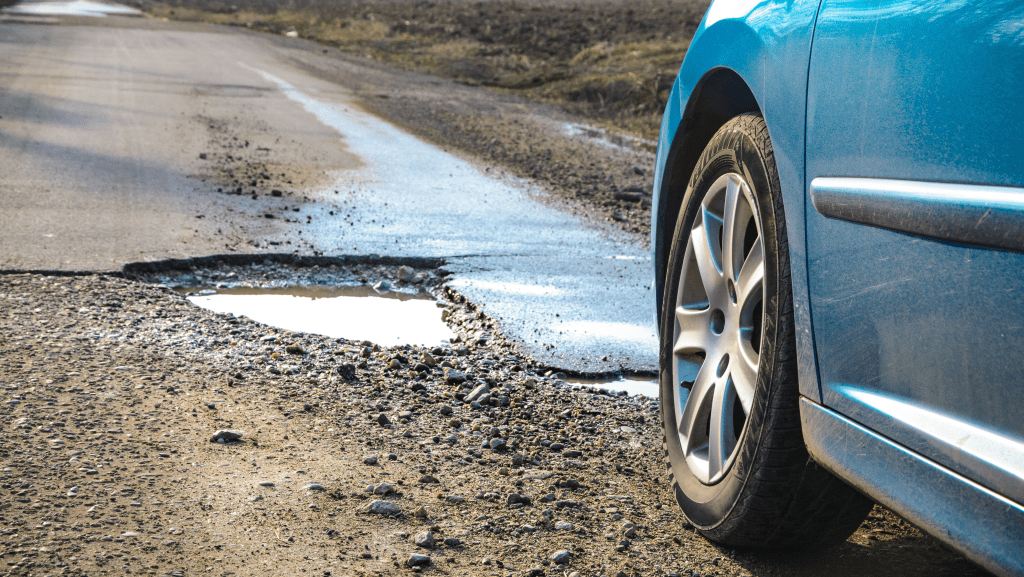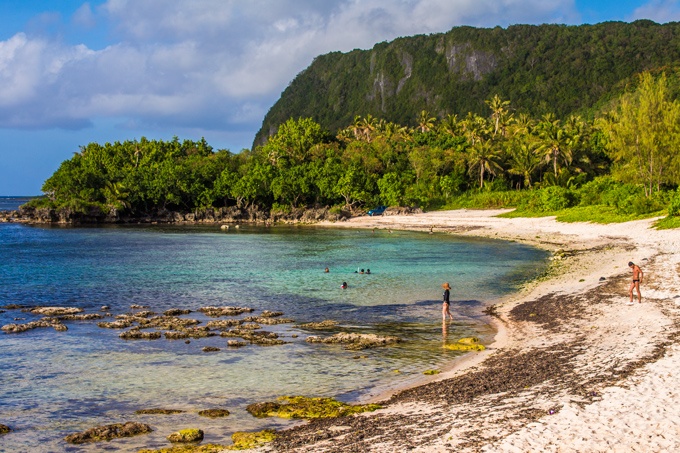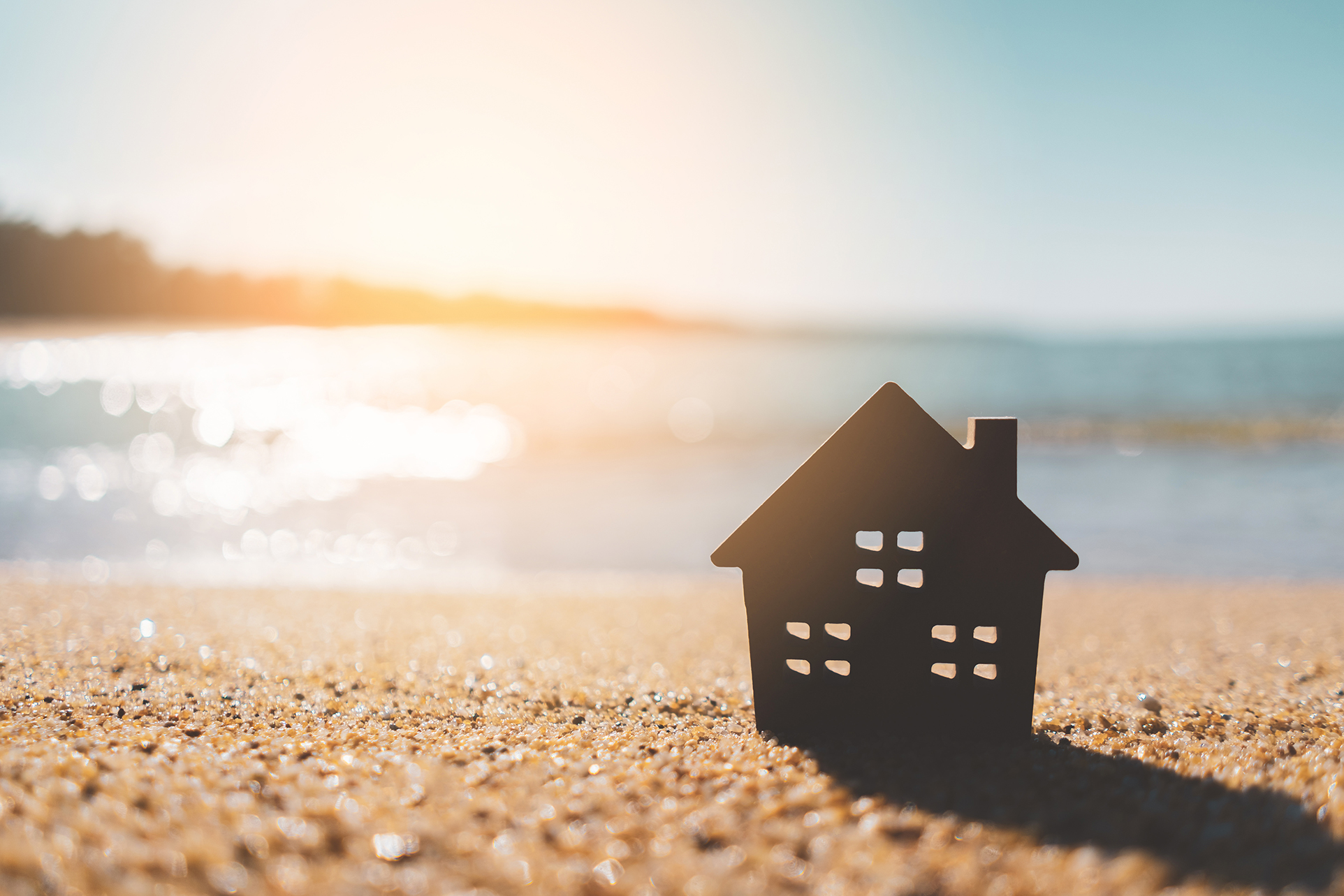For many, Guam conjures dreams of island paradise. After all, it is one of the most beautiful places to live. Thousands of tourists visit Guam each year captivated by its beauty, culture, food, and people. So, what’s not to love?
At a Glance
- Where: U.S. territory in Micronesia (ChST/UTC+10)
- Vibe: Tropical, friendly, island-time with military + local community mix
- Seasons: Dry (Dec-Jun) and rainy (Jul-Nov); typhoons can occur
- Weather: Warm year-round; high humidity; "aircon" = your BFF
- Getting around: Car-friendly; limited public transit; rideshare services available
- Cost of living: Higher than many U.S. mainland areas due to imports + utilities
- Housing: Competitive; act fast on good rentals; have documents ready
- Essentials: Currency USD • Power 110V/60Hz • Emergency 911 • Languages: English and Chamorro
It's Hot: Embrace the Heatwave
One reason Guam might have captured your heart? The weather. The locals say it and you'll say it – IT’S HOT! You might enjoy the sunshine while on vacation here relaxing on the beach, but after a while it can be too hot to handle. The only season we have on Guam is rainy season (July-November) which means very high humidity and mugginess.
Local tip: Ever heard of an “aircon?” It’s the local slang for air conditioner, and yes, you will be needing this. When apartment hunting, confirm there's working aircon (air conditioning) in bedrooms and living areas, ceiling fans, and good ventilation. Ask about power costs and whether windows have screens for tradewinds.
It's Bumpy: Dodging Potholes
“Watch Out!” — your passenger will say it a lot. Guam is hammered by heavy rain and salt air, so potholes and active repairs are part of the scenery. Seasoned locals steer around bumps like pros. Just like any other place, Guam isn’t perfect. While we boast beautiful beaches and delicious food, our roads need some love. The roads are constantly being repaired.
Local tip: Keep your tires inflated, avoid deep puddles after storms, and give yourself extra time. If you're buying used, get a suspension/brake check. As long as you maintain your car and drive cautiously, you’ll navigate these bumps like an expert too, pretty soon.
It’s Pricey: Cost of Paradise
Let’s face it, everything is expensive these days and living on Guam isn’t an exception. The coconuts and fish in the sea may be free, but we import many things. Being an island means groceries, gas, and certain services can cost more than you're used to. The beauty and charm of the island makes it impossible to resist living here no matter the cost. And if you find yourself missing some essentials and favorites from the mainland, see our Guam shipping guide for a list of familiar places that ship to Guam.
Money-savvy tips:
- Buy in bulk and meal-plan; shop local produce when in season
- Use reef-safe sunscreen and reusable gear to avoid markups
- For your mainland favorites, see our Guam shipping guide (who ships here + tips)
- Track utility usage; set aircon to reasonable temps and use fans
👉🏽 Here's where to buy fresh, local produce on Guam
It’s Tough to Rent: Housing Hustle
Finding your dream rental on Guam might take a little extra effort, and good rentals move fast and listings can be limited in prime areas. Expect to decide between house vs. apartment, budget vs. location, and sometimes older charm vs. newer construction.
Resources to help you navigate the rental market:
- Have your ID, proof of income, references, and deposit ready
- Ask about backup water tanks, generator hookups, and parking
- Read HOA/condo rules (pets, grills, quiet hours)
- For deeper guidance, check out Living in Guam Realty: Renting vs Buying in Guam to help you find the perfect place to live on Guam and our 4 Tips for Renting on Guam.
👉🏽 See our guide on How to Find Your Perfect Home in Guam
FAQ
Is Guam safe for families?
Generally, yes — common-sense precautions apply. Choose well-lit neighborhoods and learn your area's storm prep.
Do I need a car?
Highly recommended. Public transit is limited and service hours vary. A reliable vehicle makes daily life easier.
How bad is the heat and humidity?
It's tropical — so it's warm and sticky. Plan outdoor time for mornings/evenings, wear lightweight clothing, and keep water handy.
What about typhoons and rainy season?
Rainy season is July-November; typhoons can happen any year. Keep a simple storm kit and follow local advisories. See our Guam Typhoon Preparation Guide.
Is the cost of living really higher?
Usually, yes, especially groceries, utilities, and some services. Shopping smart and buying local where possible helps. See Where to Buy Fresh, Local Produce on Guam.
Can I bring my pet?
Yes, but follow airline and entry requirements. Start early with vaccinations, paperwork, and kennel training. Check out our guide on moving to Guam with your dog.
Is there good internet?
Coverage and speeds vary by neighborhood/building. Internet services are improving, with some neighborhoods hooked up to fiber. If remote work matters, speed-test at the property before signing.
How do I make friends?
Join community events, sports leagues, dive shopts, and volunteer at beach cleanups. A smile and a "Hafa Adai" goes a long way. See our tips on how to stay active and make friends on Guam.
If you're ready to make the move, in the process or just got here (welcome!), see our Moving to Guam section for more helpful articles such as these tips for your first week on Guam, how to stay active and make friends on Guam and moving to Guam with your dog.
More resources for your move to Guam:
- The Guam Guide: Moving to Guam section
- PCS Survival Guide: A Military Spouse's Guide to Guam
- Guam Shipping Guide
- Moving to Guam: What I Wish I Knew My First Week on Island
- 15 Things to Know About Moving to Guam
- The Struggles of Moving to Guam (And How to Survive Them!)
- How to Find Your Perfect Home in Guam















